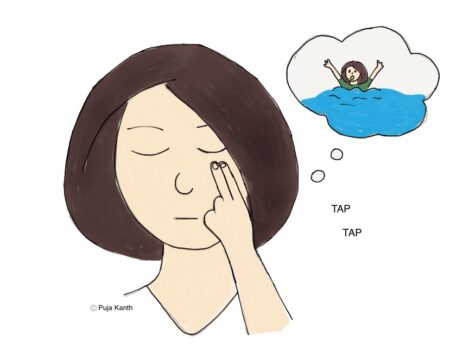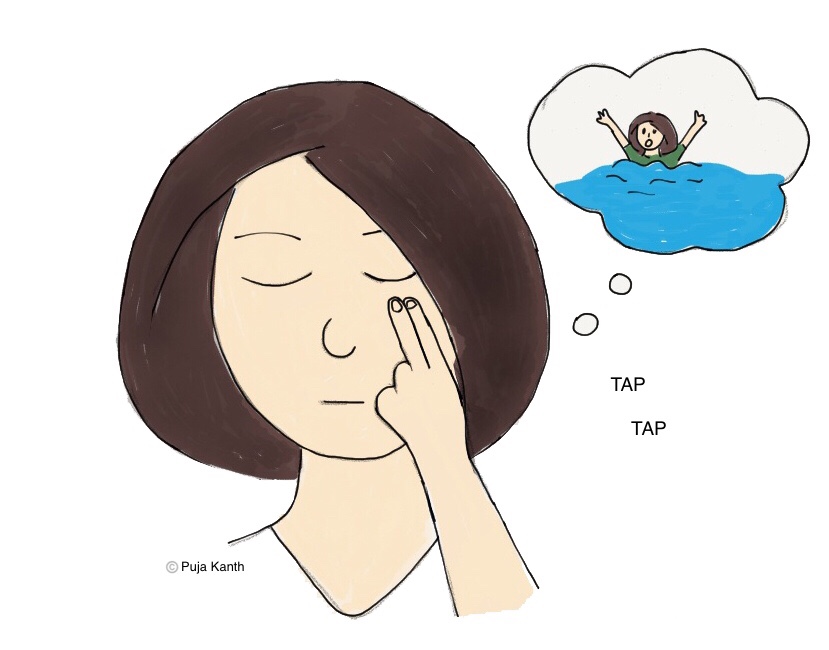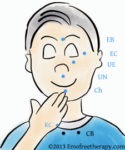EFT Research (Part 10)
EFT Research (Part 10): Borrowing Benefits, Group Treatment
I am back with another study, and this is called Borrowing Benefits: Group Treatment with Clinical EFT Is Found to Be Associated with Simultaneous Reduction in PTSD, Anxiety and Depression Symptoms. This was published in the Journal of Evidence-Based Integrative Medicine in 2018.
Let me begin by explaining a little bit about borrowing benefits. Borrowing benefits is a phenomenon where you will find a reduction in the intensity, the emotional intensity of your own issues if you are tapping along with a group, a video or a live demo, and especially where the client’s issues are similar to that of yours. Also, borrowing benefits can be used as a strategy where you set an intention to work through your issues. In this process, you will be picking up an issue, giving it an intensity and putting it aside, and then you will be focusing your attention fully on the person that you are tapping with. After the session is over – the tapping is over – you will find a reduction in the intensity of your own issue. This is called borrowing benefits.
This study was to demonstrate the relationship between PTSD, depression and anxiety, and the sample size was 81. 81 people participated in five two-day workshops, and all groups used borrowing benefits, where the facilitator was working with the client while the group was applying self-tapping. The participants were assessed on 9 specific conditions, the Positive Symptom Total and the depth and breadth of psychological distress, the General Symptom Index. Physical pain and addictive cravings were also measured, and reductions were observed on all measures, and gains were maintained at six-months follow-up with the exception of the Hostility subscale.
Use of Borrowing Benefits in EFT training classes:
This shows that borrowing benefits definitely works, and I have seen it in my trainings where if I am doing a demo with a trainee and I ask the group to note down an issue, give it a number, put it aside and focus their full attention on the demo and tap along with us using the words that we are using in that demo, there is a reduction in the emotional intensity of their issues even though they weren’t actively focused on it.
Link to video:




